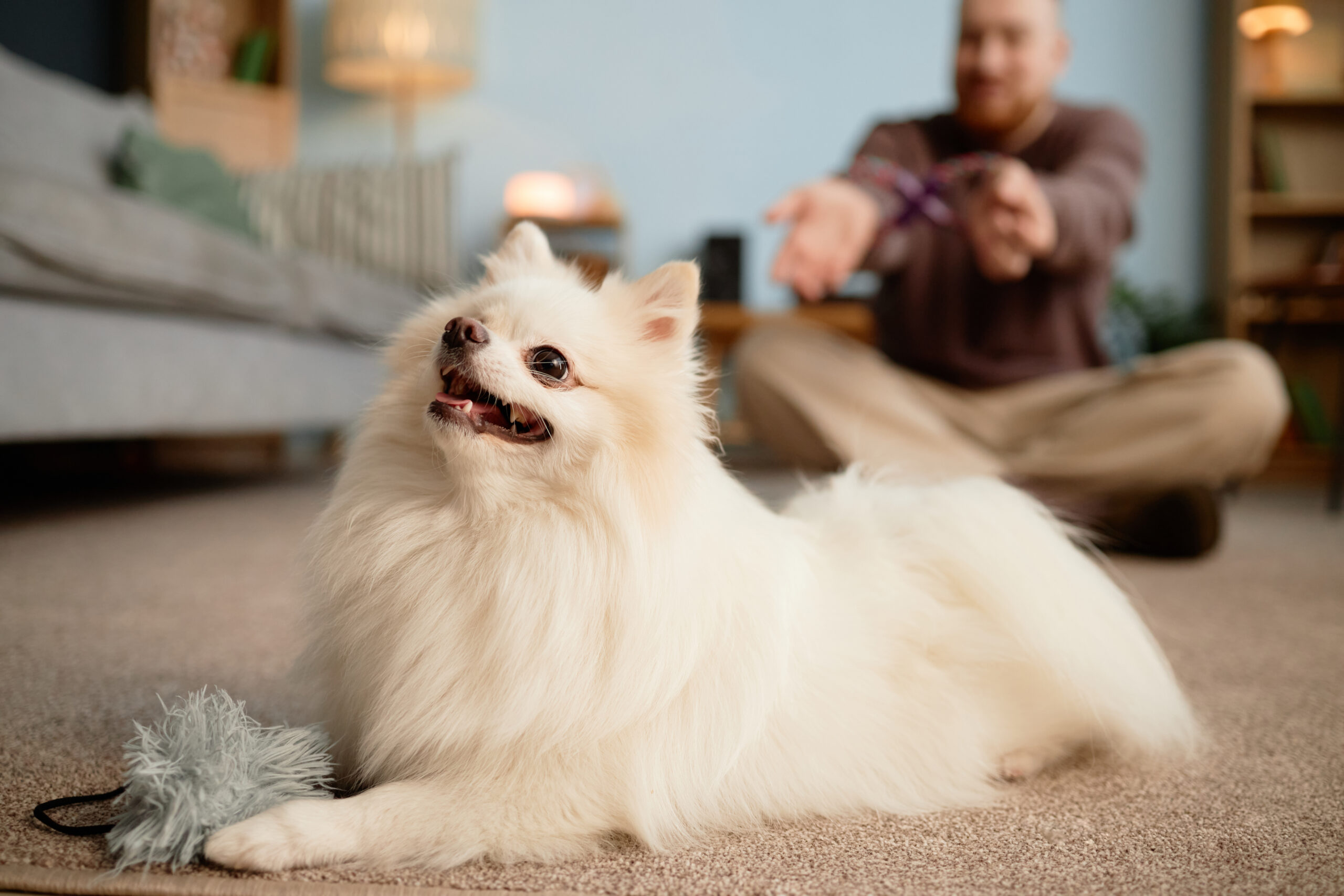Dogs are more than loyal companions; some breeds show remarkable emotional intelligence. These dogs can sense human emotions and respond with calm and sensitivity.
While not self-aware like humans, these breeds connect deeply with their owners, making them ideal for experienced pet owners seeking a mindful companion.
Self-awareness in dogs means they perceive and respond to situations with insight. Certain breeds display strong emotional intelligence, reading and reflecting human emotions with surprising accuracy, making them adaptable and in-tune pets.
However, a highly intelligent dog comes with its own challenges. While their keen minds allow them to quickly learn and adapt, they can also become bored easily.
This mental stimulation deficit can lead to undesirable behaviors like stubbornness, destructive tendencies, or selective listening—common issues for owners of highly aware breeds.
These dogs are brilliant, sensitive, and require an experienced owner to thrive on a journey of shared understanding and respect.
Self Aware Dog Breeds For Experienced Owners
1. Ibizan Hound
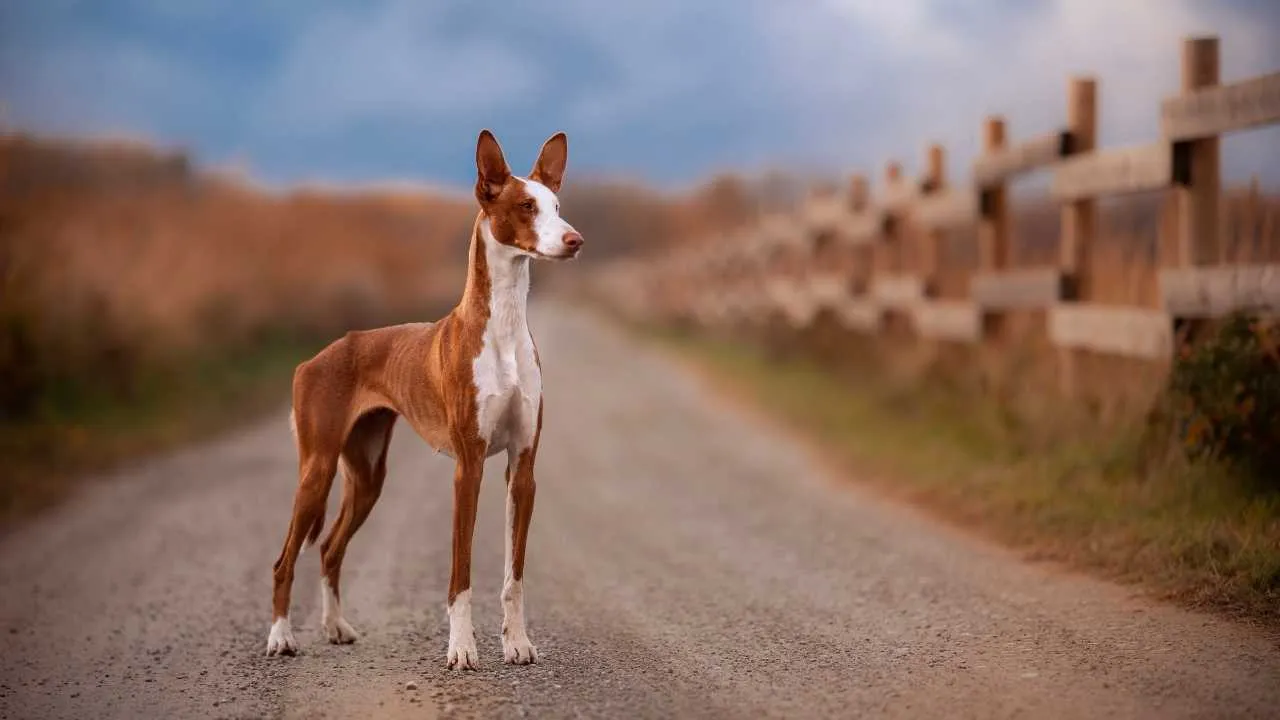
The Origins of the Ibizan Hound
The Ibizan Hound hails from Spain’s Balearic Islands, where it was initially bred as a rabbit courser, as per the AKC. These dogs have an ancient lineage, resembling hunting dog breeds depicted in Egyptian art, likely brought to the islands by traders.
Their slender build and long legs were perfectly suited for the rocky terrain, making them excellent hunters in pursuit of small game.
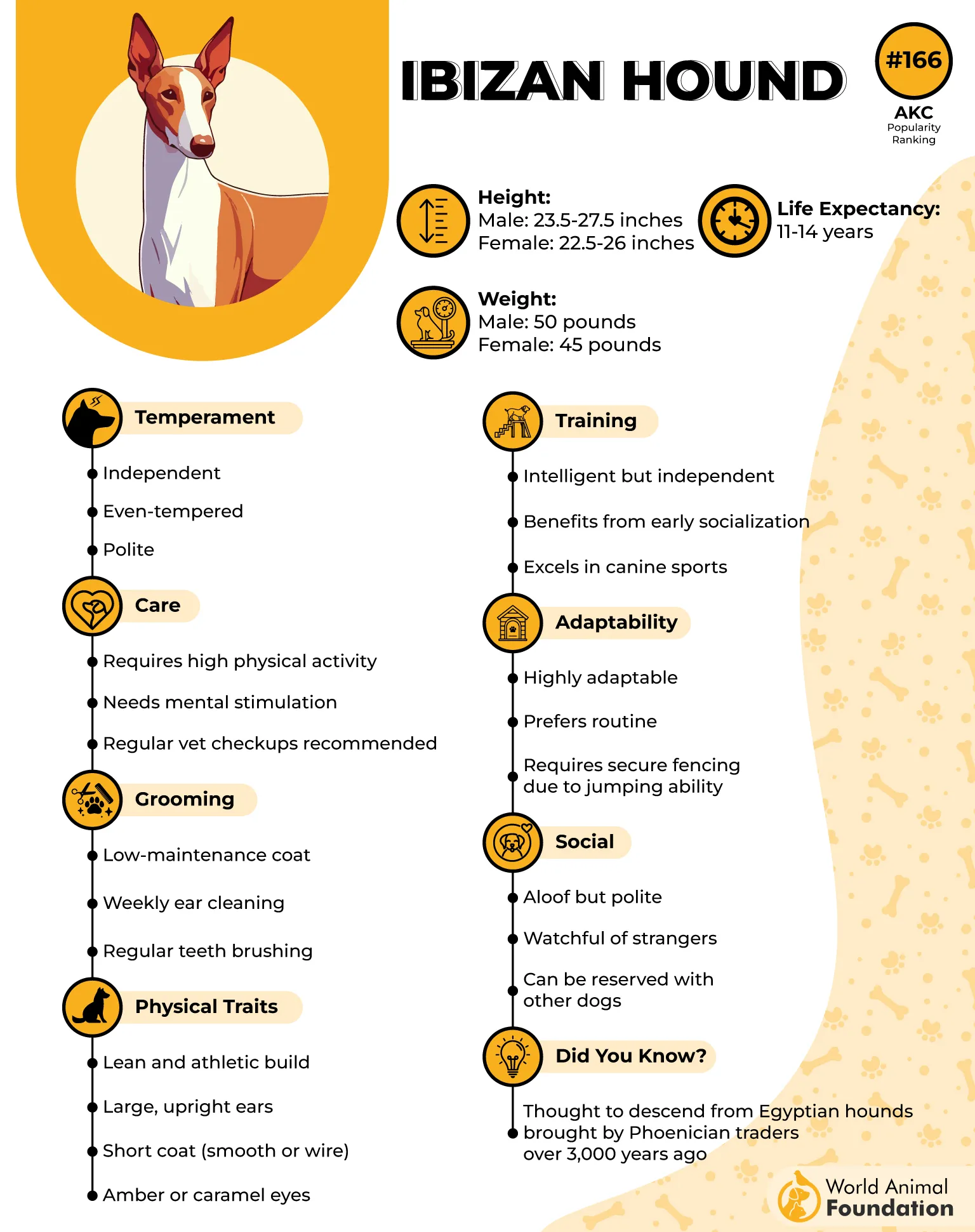
Self-Awareness and Emotional Sensitivity
The Ibizan Hound is known for its sensitivity, picking up on its owner’s mood and energy. While not fully self-aware in a human sense, their ability to sense and respond to human emotions makes them highly attuned companions, though they do best in homes with plenty of attention and companionship.
Smart but Strong-Willed
Though quick learners, Ibizan Hounds can be stubborn and independent-minded. They thrive under positive reinforcement methods but may resist training if it’s not engaging or consistent. Early training and socialization are crucial for a well-behaved dog.
2. Tibetan Mastiff
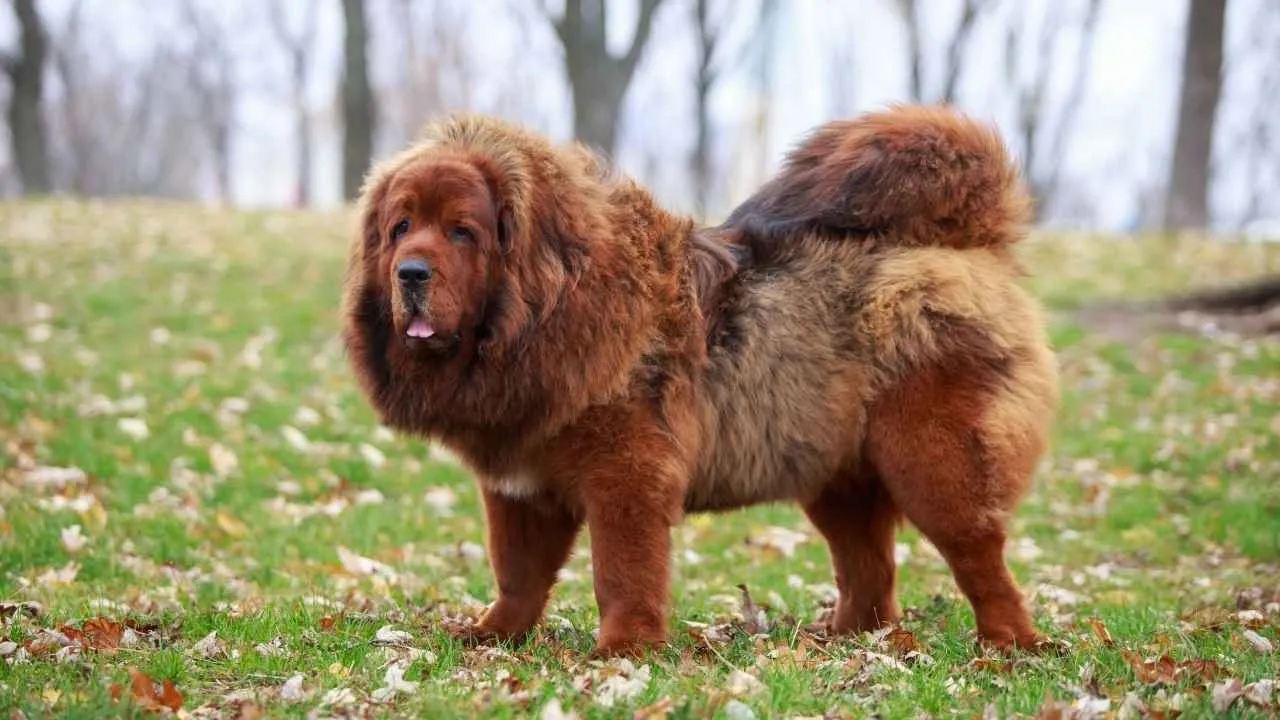
The Ancient Heritage of the Tibetan Mastiff
The Tibetan Mastiff originates from the rugged Himalayas, where it was bred to protect homes and livestock from predators, as per PetMD.
With their imposing size and natural guarding instincts, these dogs became vital protectors in harsh terrains. Despite their formidable appearance, they are calm, gentle, and incredibly loyal to their families.
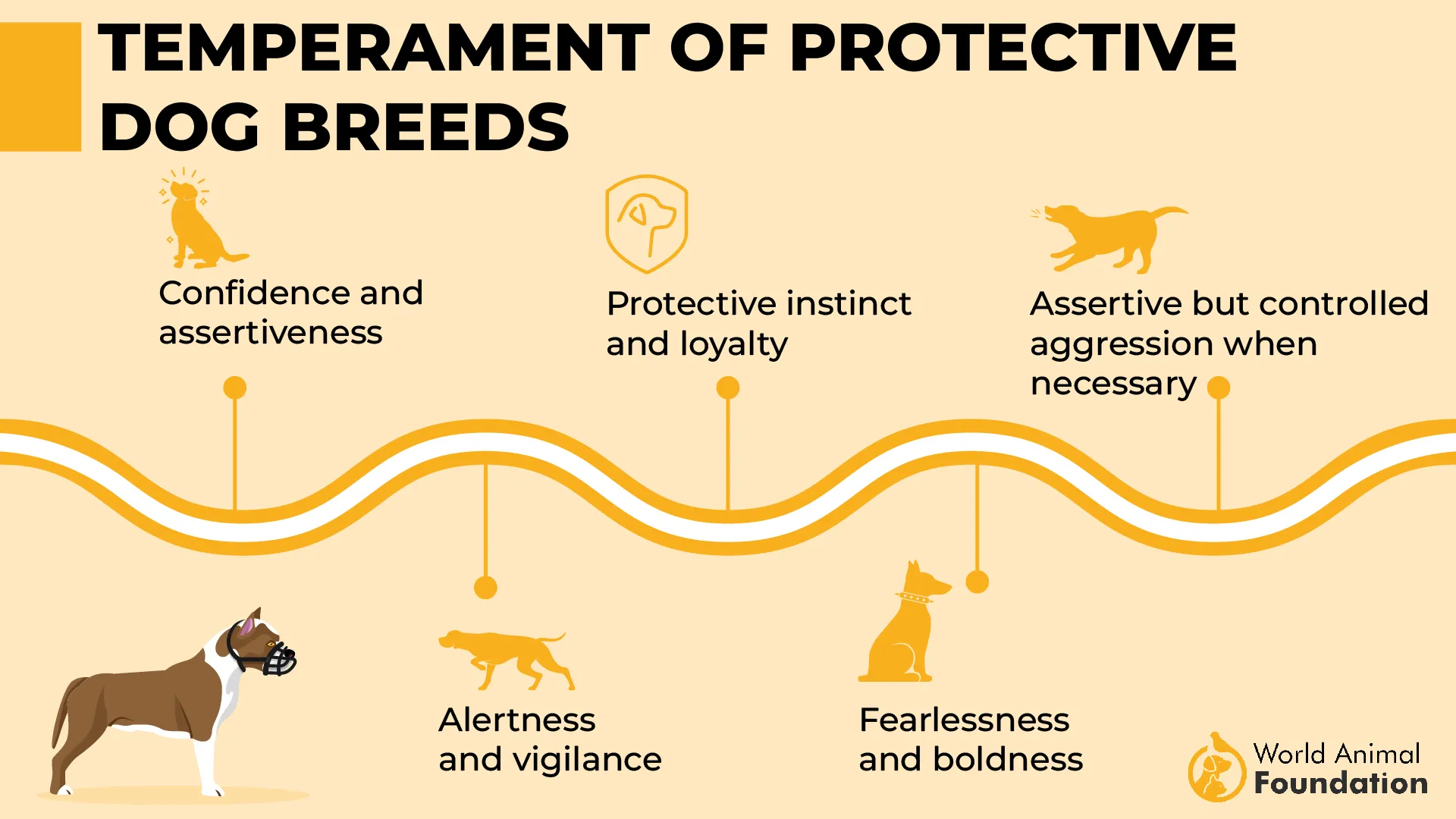
Emotional Awareness and Protective Instincts
Tibetan Mastiffs are deeply connected to their families and are highly sensitive to their owners’ emotions. While not self-aware in the human sense, these dogs instinctively respond to their owners’ moods and provide a comforting presence.
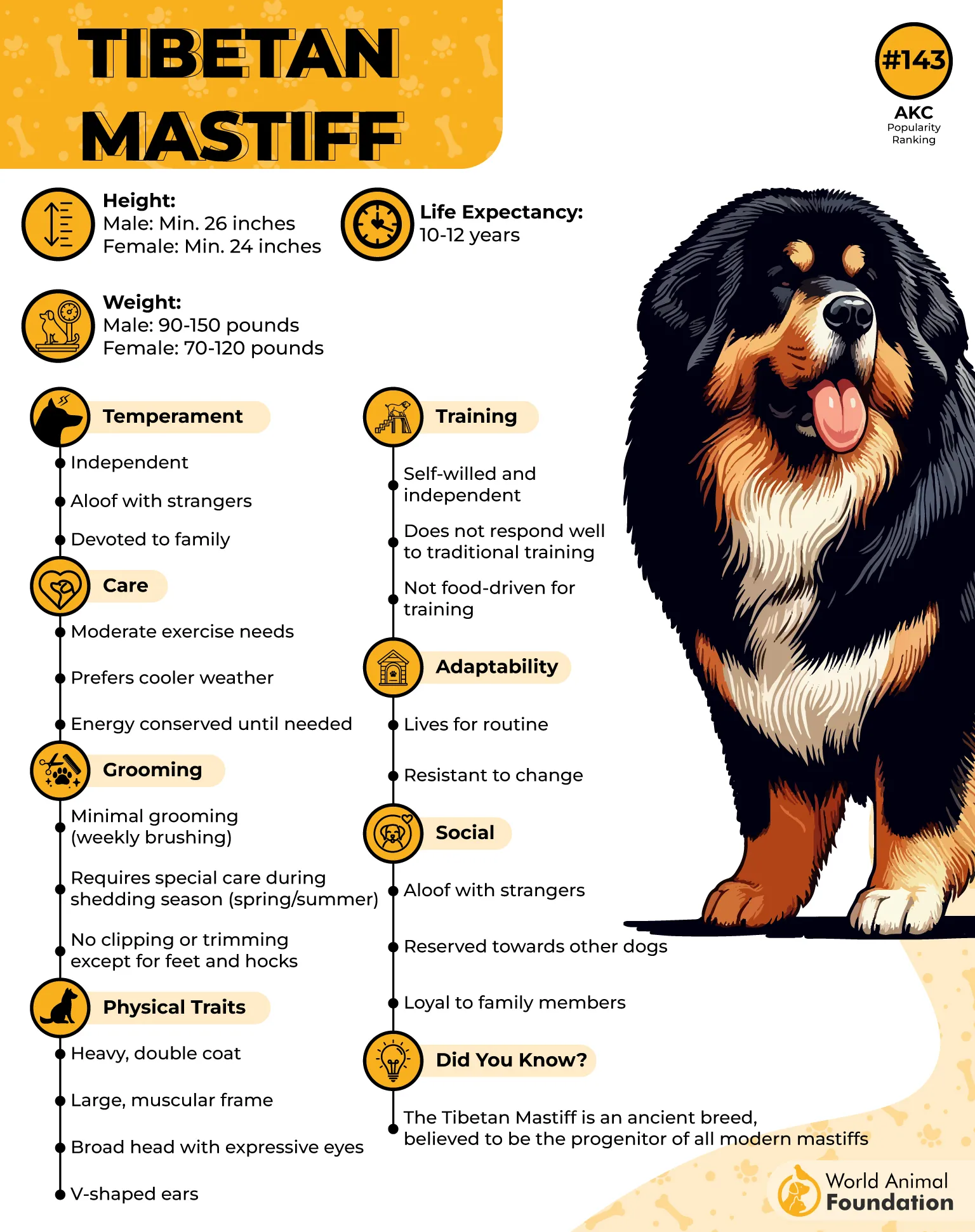
Training: The Challenge of Independence
Tibetan Mastiffs are the smartest dog breeds, but can be quite independent and stubborn. They excel under positive reinforcement but require experienced handling.
Early socialization and consistent training are essential to harness their intelligence and prevent behavioral issues. This breed may not be ideal for first-time dog owners due to its independent nature.
🎧 Dogcast
Episode 5 — Are Squirrels Secret Agents?
If you don’t hear sound, tap the button above to enable audio.
3. Greyhound
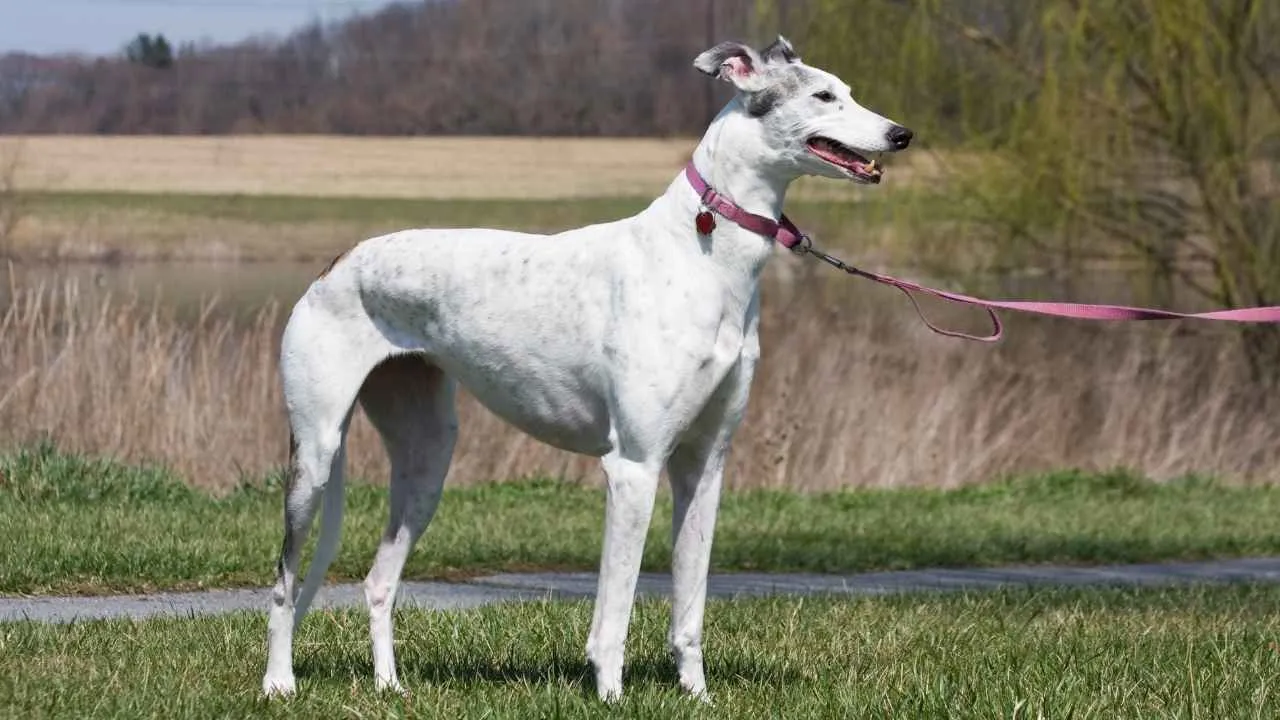
The Noble History of the Greyhound
The Greyhound is one of the most recognizable and oldest dog breeds, symbolizing aristocracy throughout history. Its likeness has been found on Egyptian tombs dating back to 3000 BCE, a testament to its long-standing significance.
Greyhounds are one of the fastest running dogs in the world, with a running speed of 45 mph. However, once they are done with their running and exercise, they are the perfect couch potatoes, often seeming like they are conserving their energy for the next speed run.
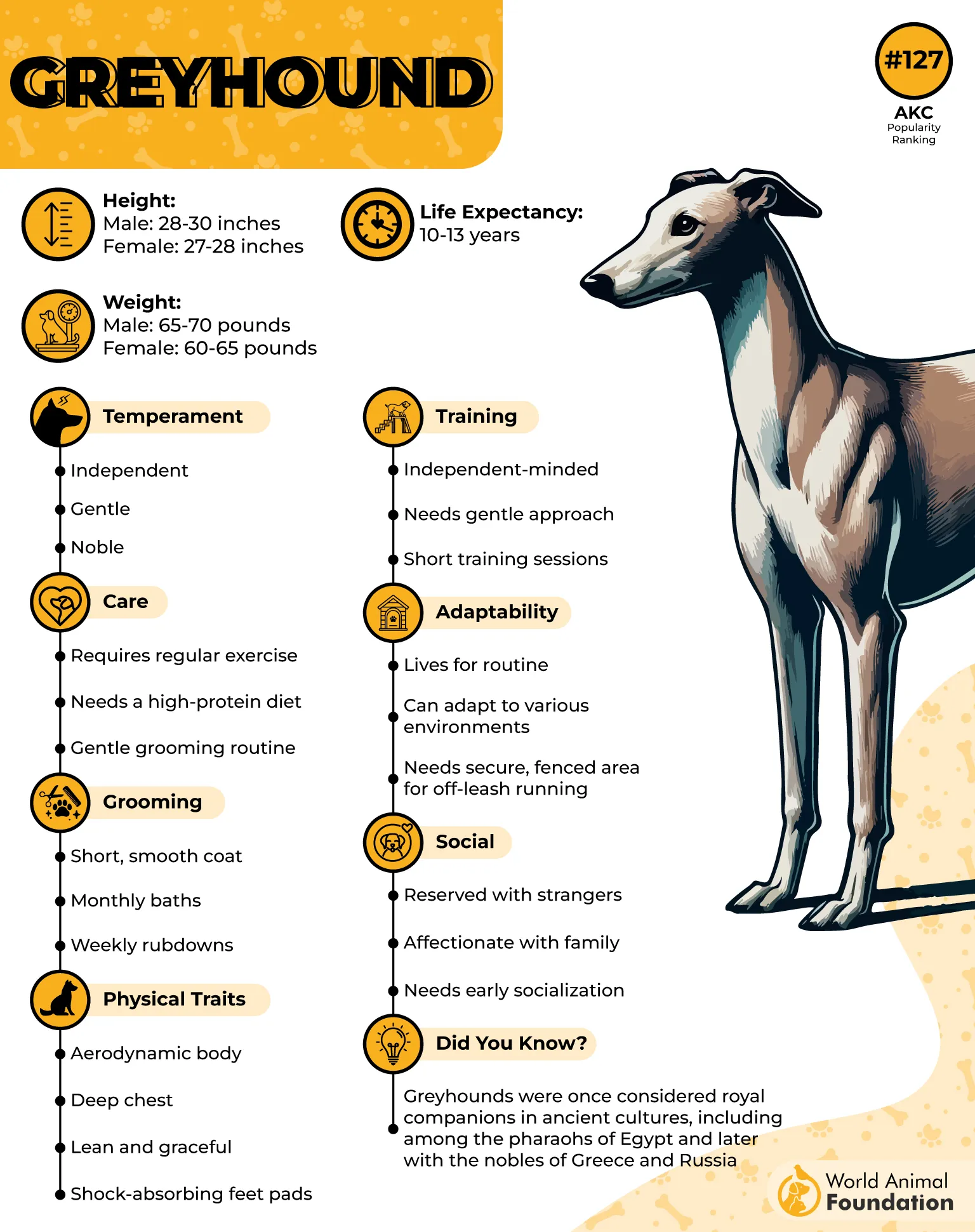
Emotional Sensitivity and Independence
Greyhounds are known for their independent nature, a trait honed from their history as hunters and coursing dogs. Though they bond deeply with their families, they are not overly clingy and prefer a calm, comfortable environment.
Despite their independence, Greyhounds are sensitive to their owners’ moods and can be gentle and affectionate companions.
Independent Yet Intelligent
Greyhounds are intelligent but can be slow to follow commands, partly due to their independent nature. Though they were bred to make quick decisions while coursing, this makes training a bit of a challenge. Consistent, positive reinforcement works best, but patience is key when training this independent breed.
4. Saluki
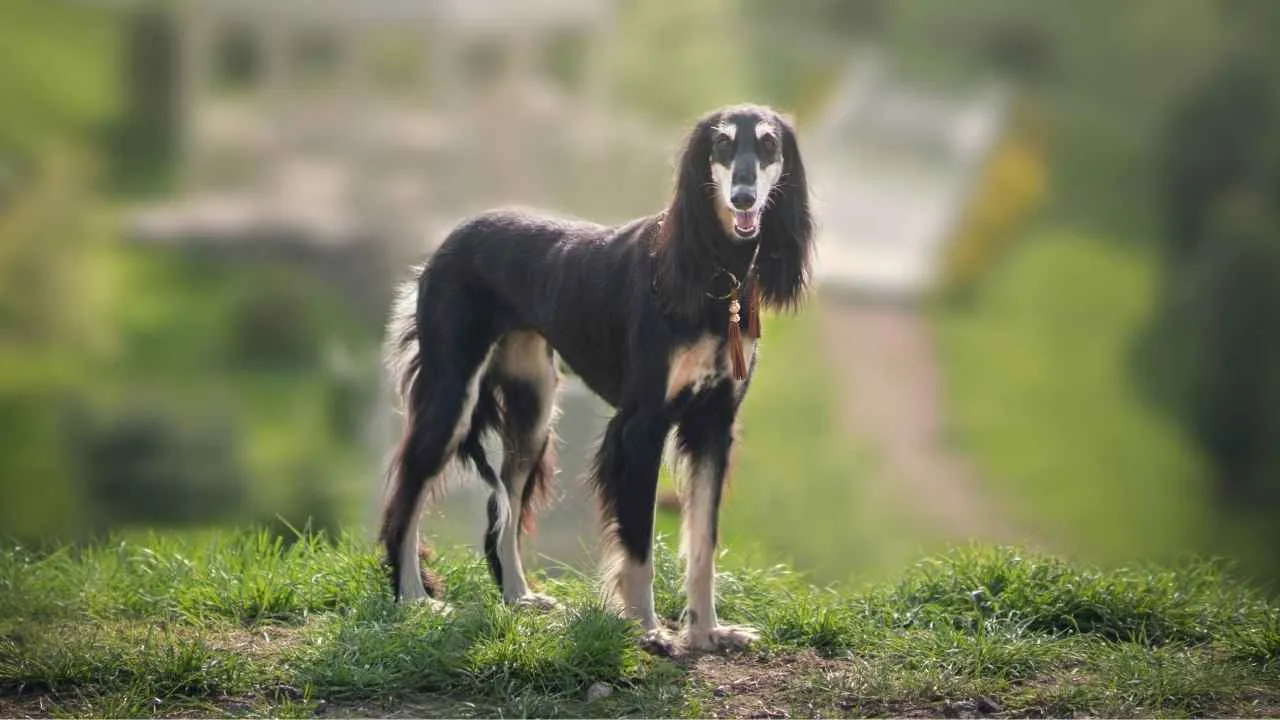
The Ancient Origins of the Saluki
The Saluki is one of the world’s oldest dog breeds, with a rich history dating back thousands of years. Hill’s Pet says that it was bred by royalty and nomadic tribes.
This elegant and agile hound was primarily used to hunt fast game like gazelles. Revered for their speed, grace, and stamina, Salukis have been admired by kings and hunters alike for their unmatched hunting ability.
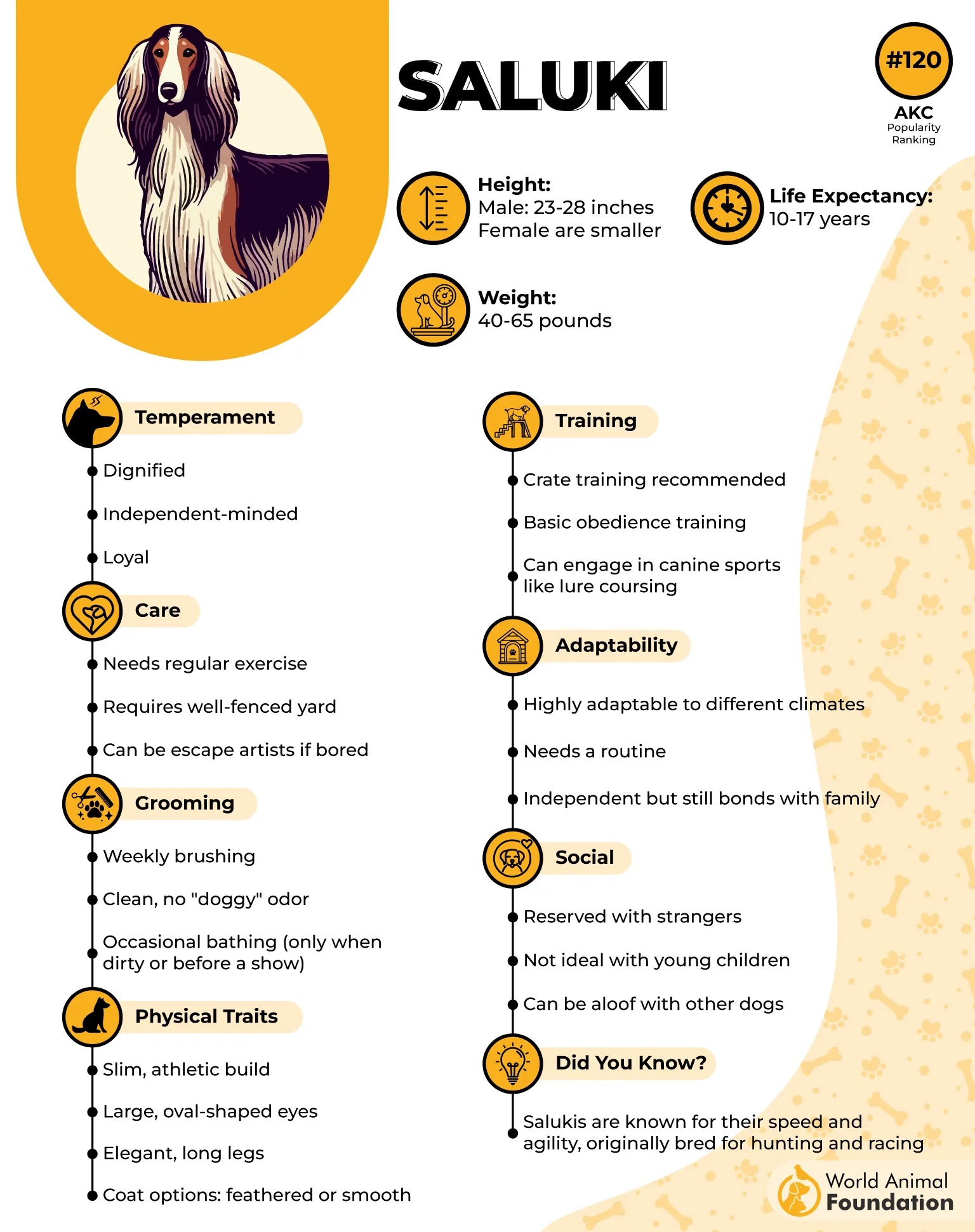
Self-Awareness and Gentle Independence
Salukis are dignified and independent dogs that bond closely with their families, though they retain a sense of autonomy. They are highly attuned to their surroundings and possess a quiet, thoughtful nature. While they are affectionate and loyal, their independent streak can make them appear aloof at times.
Training Challenges
Training a Saluki requires patience and consistency. These dogs were bred to think for themselves while hunting, making them less inclined to follow commands immediately.
Positive reinforcement works best, and forceful methods should be avoided. Early training and socialization are essential, as Salukis need a clear understanding of boundaries to thrive in a household.
5. Afghan Hound
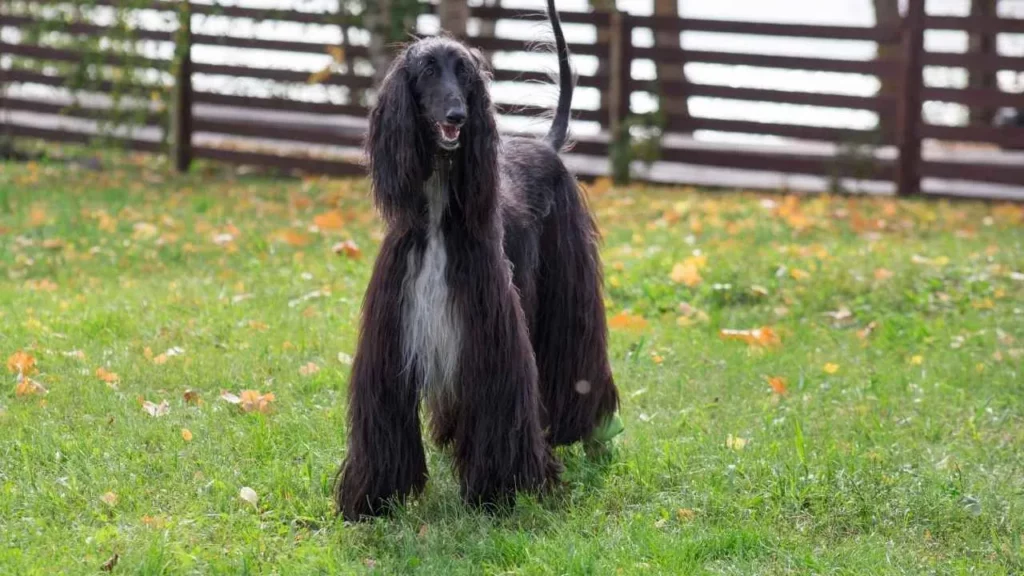
The Majestic Heritage of the Afghan Hound
Originating from the rugged mountains of Afghanistan, the Afghan Hound is an ancient breed bred to hunt independently, according to Britannica. Known for its aristocratic appearance and refined demeanor, this breed was originally used for hunting leopards and gazelles in challenging terrain.
Personality: Aloof Yet Loyal
Afghan Hounds are known for their reserved and dignified temperament. While they may not be overly social or outgoing with strangers, they form deep, loyal bonds with their families.
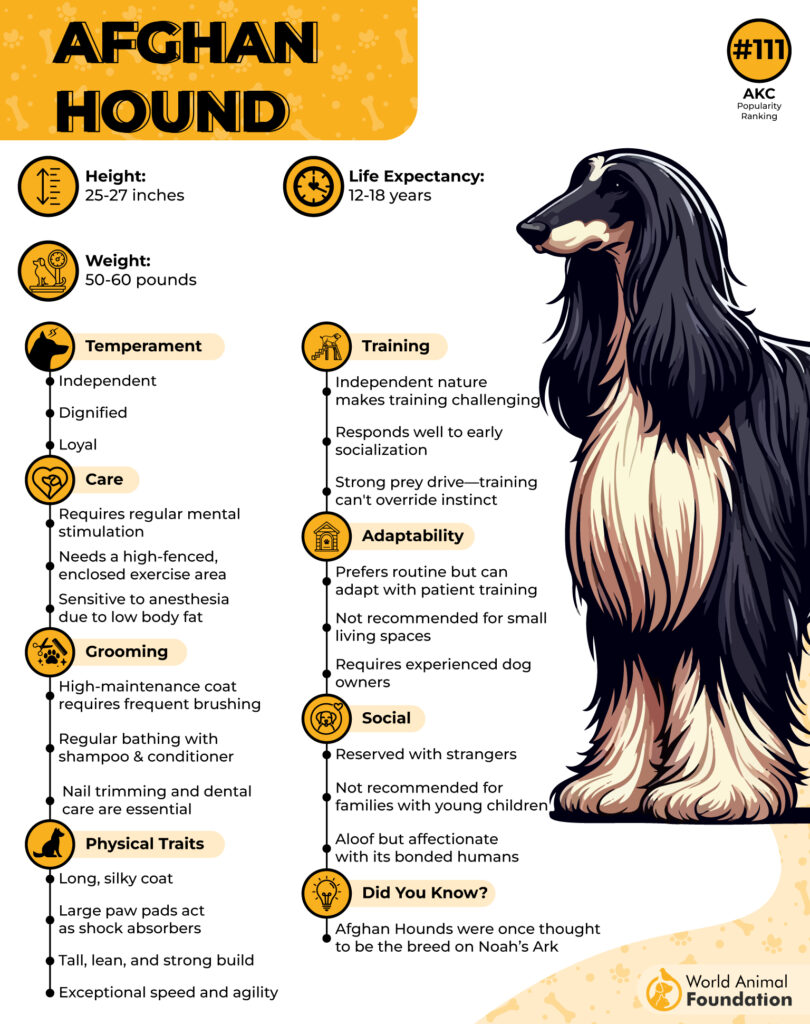
Their aloofness should not be confused with shyness; they are simply selective in their interactions and prefer to remain dignified in new or unfamiliar situations.
Training and Challenges: Independent Thinkers
As independent hunters, Afghan Hounds can be challenging to train, requiring patience and persistence.
They are highly intelligent but have a strong-willed nature, which means traditional training methods may not always work. Positive reinforcement and consistency are key to success, and early socialization can help them develop into the calmest dog breeds.
6. Komondor
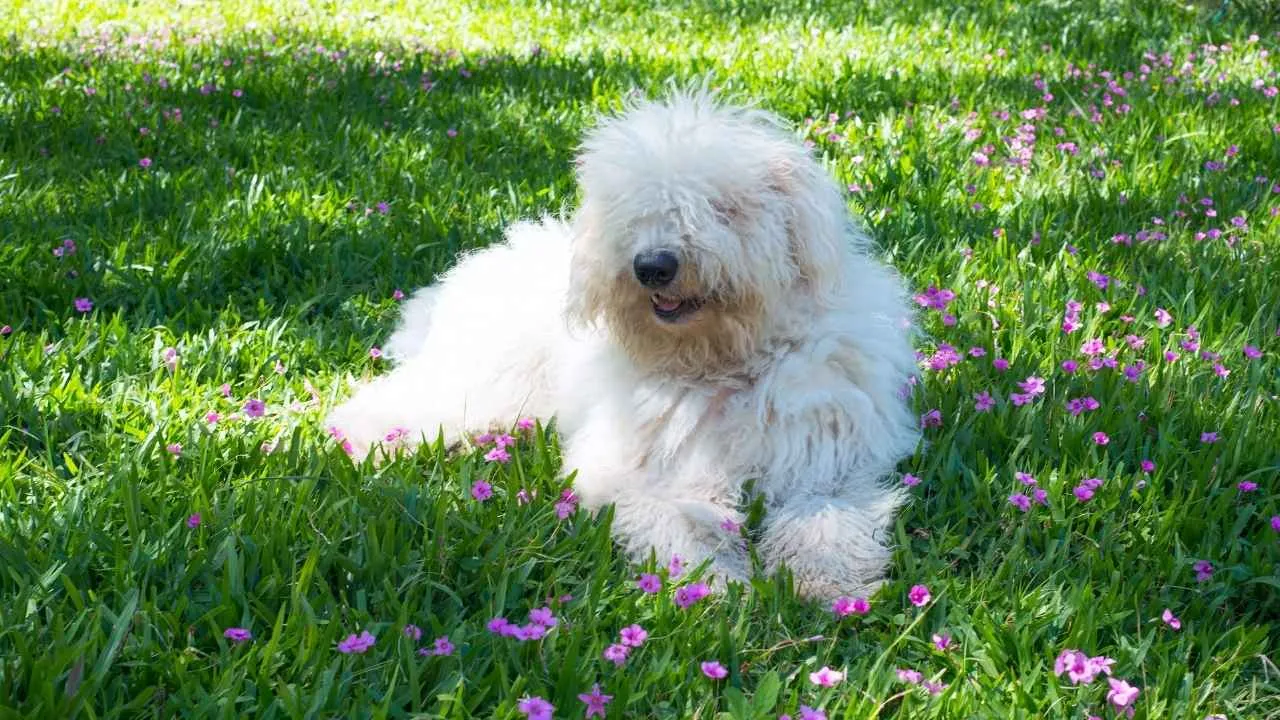
The Guarding Legacy of the Komondor
The Komondor, originally bred in Hungary, has a long history as a livestock guardian breed. This large, muscular breed was tasked with protecting sheep and cattle from predators, making it fiercely protective and extremely territorial.
The Komondor’s instincts and independent decision-making were essential in the open fields, but they can pose challenges in a modern household setting.
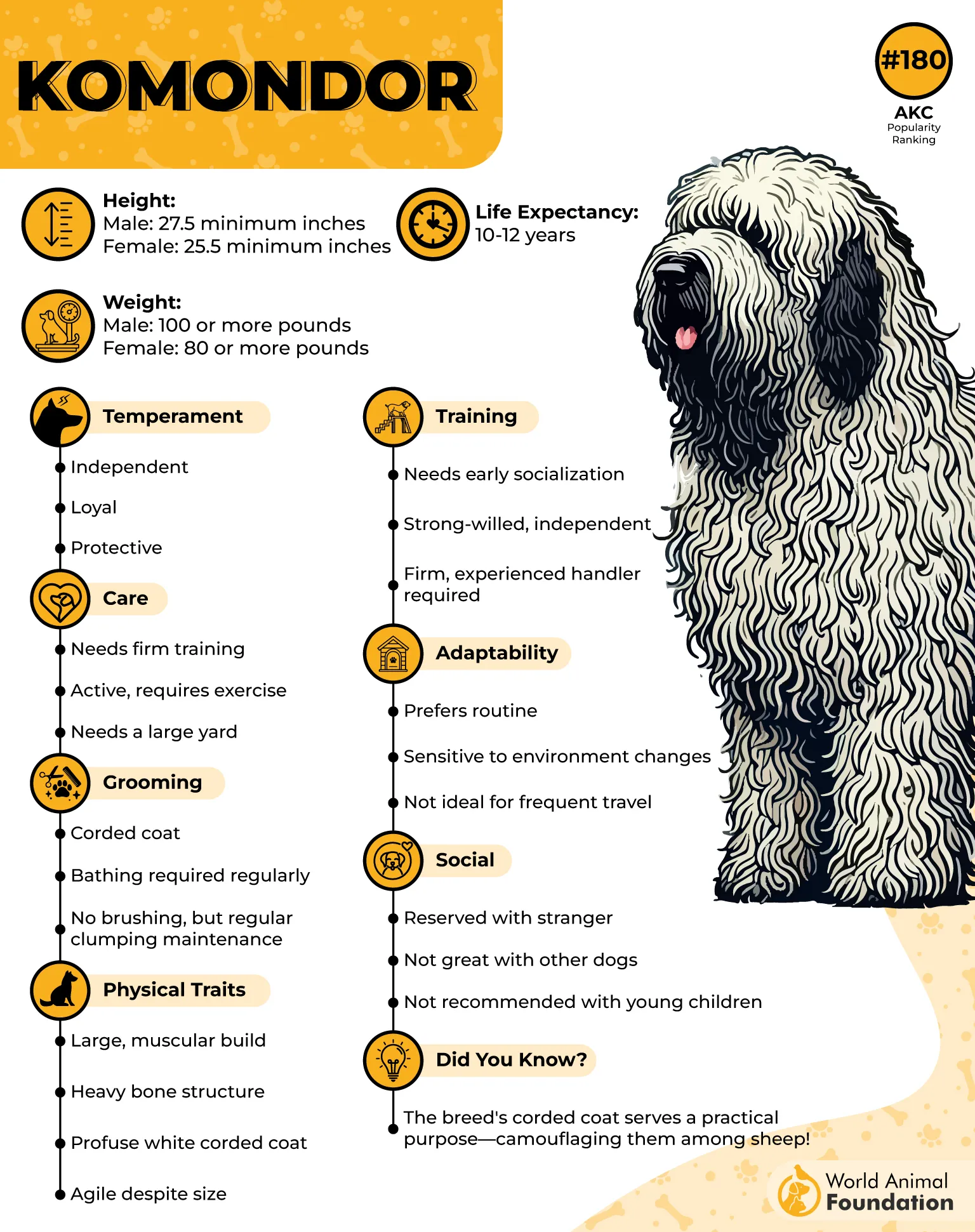
Independent Yet Loyal
Komondors are renowned for their independence, a trait honed from centuries of working alone with livestock. They can be aloof with strangers, but deeply loyal to their families.
The Komondor is more likely to follow its instincts than commands, so clear leadership and early training are essential for managing its behavior in a household.
A Challenge for the Inexperienced
Training a Komondor can be difficult due to their independent nature and strong guarding instincts. Obedience classes should start early, as Komondors tend to decide for themselves whom they trust.
Their protective instinct may also make them wary of strangers, so it’s important to teach them proper behavior when guests visit.
7. Anatolian Shepherd
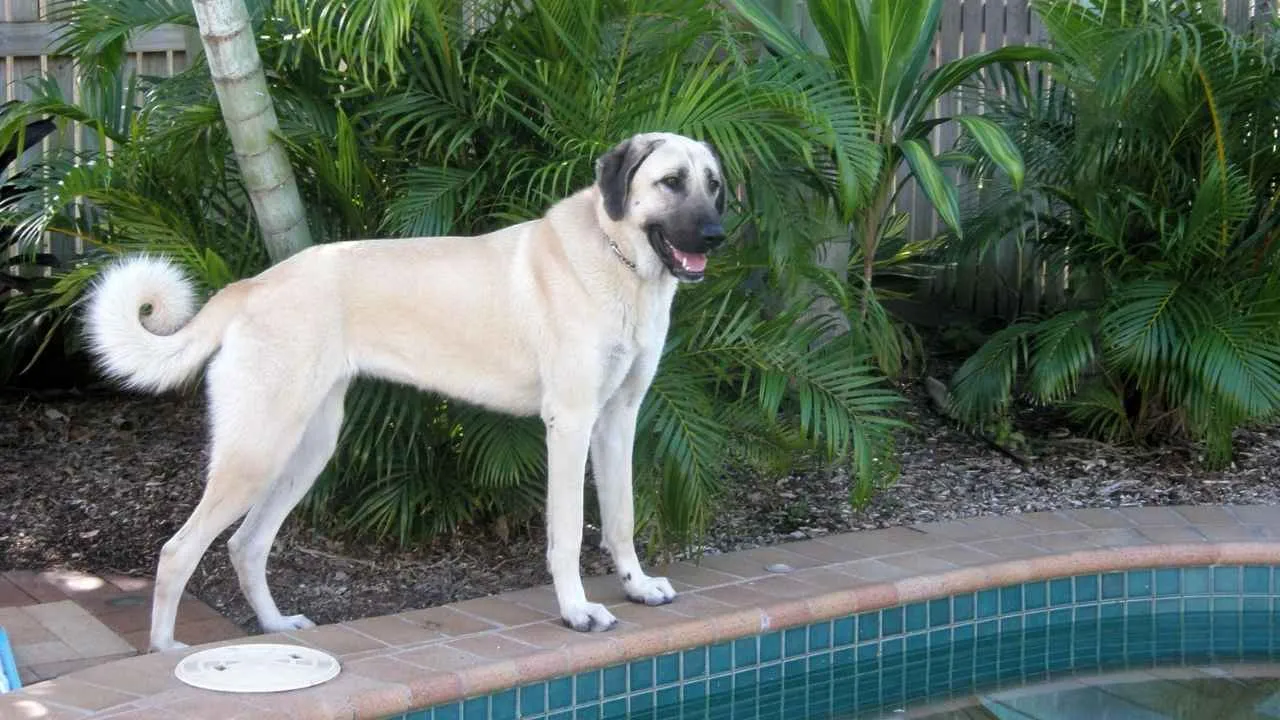
The Noble Origins of the Anatolian Shepherd
The Anatolian Shepherd hails from the harsh and varied landscapes of Anatolia, Turkey, where it was bred for one primary purpose—protecting livestock, according to Purina. With a history dating back thousands of years, this breed was tasked with safeguarding flocks from predators like wolves and bears.
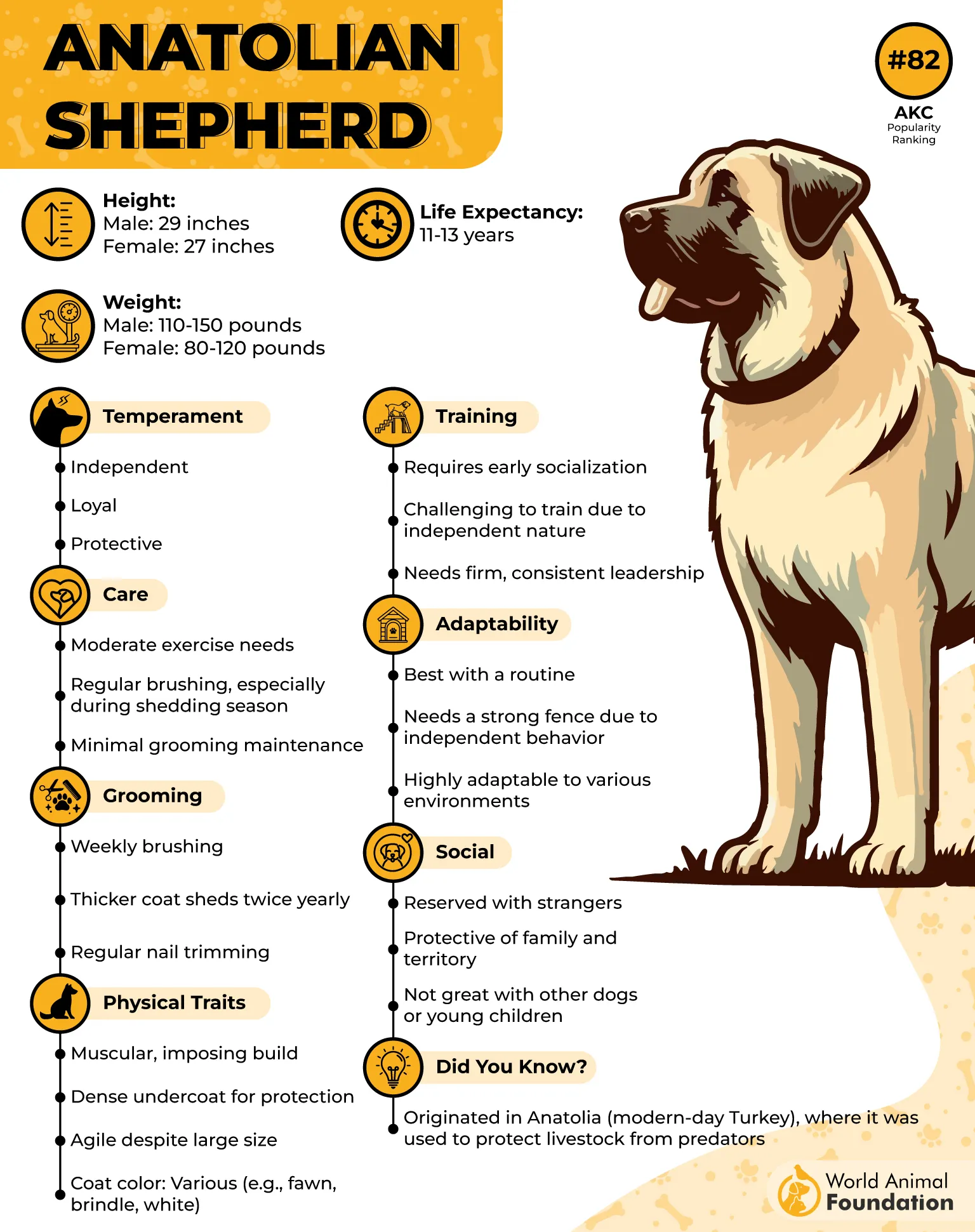
Personality: Protective, Loyal, and Independent
Anatolian Shepherds are deeply loyal to their family but remain vigilant and cautious around strangers. Their natural guarding instincts, honed through generations of protecting livestock, make them suspicious of unfamiliar people and animals.
While they can be loving and affectionate with their family, they retain an independent streak that may make them challenging for first-time dog owners.
Training and Socialization: Independent Yet Trainable
Training an Anatolian Shepherd requires patience, consistency, and positive reinforcement. This breed isn’t motivated by obedience for its own sake but will respond well to methods that respect its intelligence and strong-willed nature.
Early socialization is critical, as the breed must be exposed to livestock, children, other pets, and strangers to ensure good behavior.
Conclusion
Self-aware dog breeds offer the perfect combination of intelligence, loyalty, and emotional sensitivity for experienced dog owners. These dogs are not only physically strong but also possess the mental agility to understand human emotions and situations.
With the right environment, training, and consistent attention, the self-aware dog breeds thrive and form deep bonds with their families.
These intelligent dogs often require high physical and mental stimulation, making them great for active owners who can commit to regular exercise and enrichment activities.
Without adequate attention and stimulation, these dogs can develop behavioral problems, so it’s essential to provide the right balance of exercise, training, and time.
While these dogs are known for their high energy and need for structured training, they also offer unparalleled love, loyalty, and a deep connection to their owners. With the right experience and understanding, these breeds can thrive in a home, providing years of joy, companionship, and devotion.


